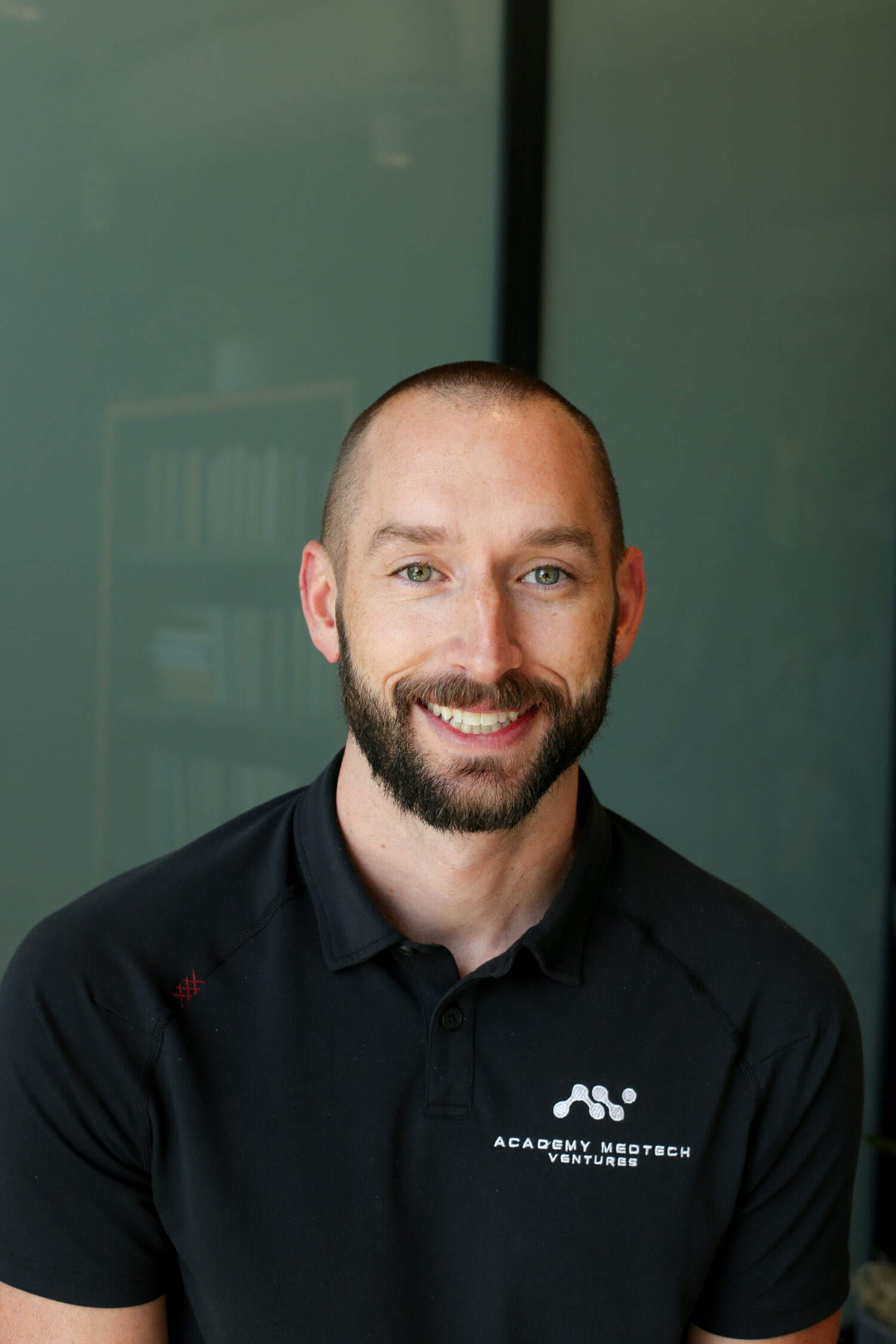
The dawn of integrating motion capture and computer vision (CV) technologies into rehabilitation practices marks a pivotal moment in healthcare, bridging the gap between advanced technological innovation and patient-centric care. This integration heralds a transformative shift towards a hybrid model of rehabilitation that seamlessly combines the accuracy and efficiency of digital tools with the irreplaceable human element of traditional therapy. The result is a groundbreaking approach that not only enhances therapeutic outcomes but also embodies the essence of value-based care—prioritizing patient outcomes over the sheer volume of services rendered.
The advent of these technologies introduces an unprecedented level of customization in rehabilitation programs. With the ability to monitor and analyze patient movements with unparalleled precision, therapists can now tailor their interventions with a degree of specificity that was once beyond reach. This capability aligns perfectly with the principles of value-based care, focusing on achieving the best possible outcomes for patients while optimizing the use of resources. By leveraging the strengths of both digital and traditional therapeutic modalities, this innovative model of care promises to redefine the landscape of rehabilitation, making it more effective, patient-friendly, and outcome-focused.
Historically, one of the most significant challenges facing rehabilitation professionals has been the difficulty of accurately tracking patient adherence and progress outside the clinical environment. Traditional approaches, reliant on subjective patient reports and sporadic assessments, often fall short of providing a comprehensive picture of a patient’s journey to recovery. Motion capture and CV technologies represent a paradigm shift in this regard, offering a continuous, objective stream of data regarding patient activities. This wealth of information empowers clinicians to make informed, timely adjustments to treatment plans, ensuring that therapeutic interventions are always perfectly attuned to the patient’s evolving needs.
Moreover, the integration of motion capture and CV in rehabilitation care delivery presents a pivotal advancement toward the democratization of healthcare. These technologies hold the promise of bridging the access gap for patients in rural America, where specialized healthcare services are often scarce or difficult to reach. By enabling remote monitoring and assessment, motion capture and CV technologies allow patients in these underserved areas to receive high-quality rehabilitation services without the need for frequent, long-distance travel to in-person healthcare facilities. The potential of these technologies to extend the reach of specialized rehabilitation services into rural America embodies a significant step toward a more equitable healthcare system, where the quality of care is consistent and universally accessible, transforming the landscape of healthcare delivery across the nation.
Advancements in the technology-enabled rehabilitation sector not only transform the landscape of patient care but also enhance the autonomy of patients in their recovery journey. By providing patients with real-time feedback on their performance and progress, they become empowered to take an active role in their rehabilitation which is crucial for motivation and engagement. The ability to track progress outside the clinical setting fosters a continuous connection between the therapeutic goals and daily activities, making rehabilitation an integral part of the patient’s lifestyle rather than a series of isolated sessions. Notably, the influence of this technology on motor learning- a critical aspect of rehabilitation, that involves the acquisition of new skills or the reacquisition of lost abilities through practice and experience- is profound. By offering precise, objective feedback on this performance, these technologies enhance the learning process, enabling patients to adjust their movements in real-time and adopt more effective motor patterns for accelerated progress.
As we explore the applications of motion capture and CV technologies further, it becomes clear that their impact is not limited to a single area of rehabilitation. The growing application of motion capture and CV technologies in rehabilitation signifies a major milestone in the enhancement of patient care and marks the beginning of a new era in healthcare. This era is characterized by a more adaptable, responsive, and patient-focused approach to rehabilitation, promising to transform the lives of patients and clinicians alike. As the rehabilitation sector continues to embrace these innovations, the future of patient care looks brighter, more accessible, and more impactful than ever before.
About Jared Gillespie
Jared Gillespie is a Physical Therapist and Senior Director of Clinical Solutions at Academy Medtech Ventures (AMV), a leading digital health company specializing in neurocognitive training solutions. Jared has a Doctorate in Physical Therapy (DPT) and is a Board-Certified Sports Clinical Specialist. Prior to joining AMV, Jared spent over a decade at Baylor Scott & White Institute for Rehabilitation where he developed a sports residency program credentialled by the American Board of Physical Therapy Residency and Fellowship Education and served as a Center Manager for sports and orthopedic specialized clinics.
